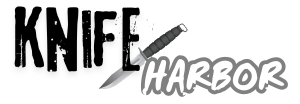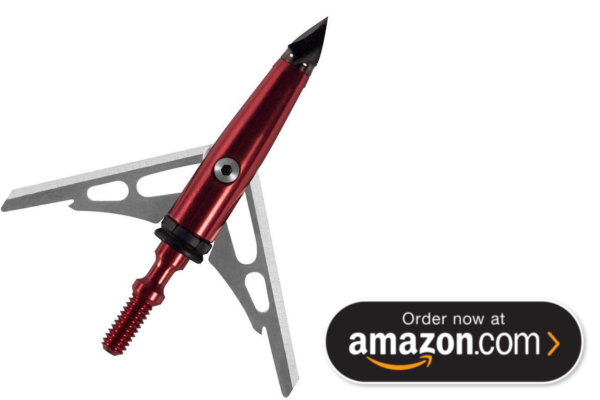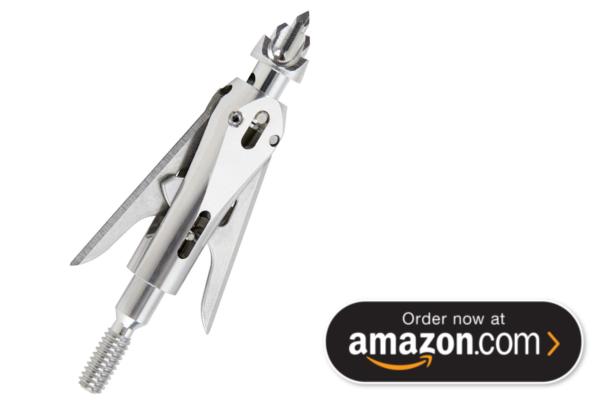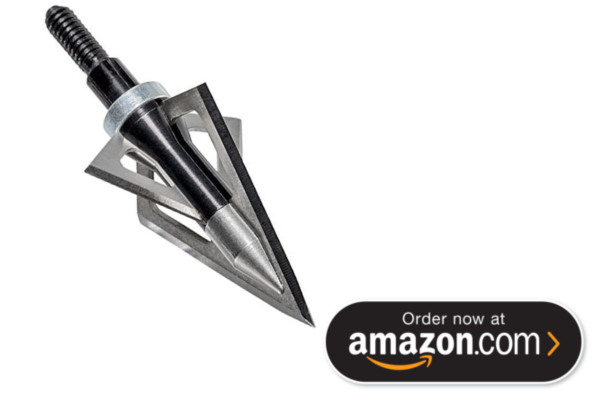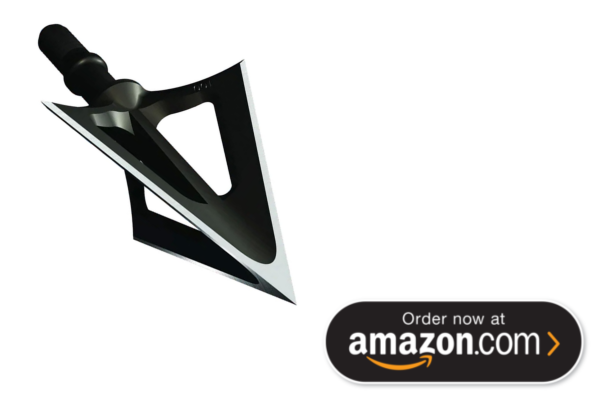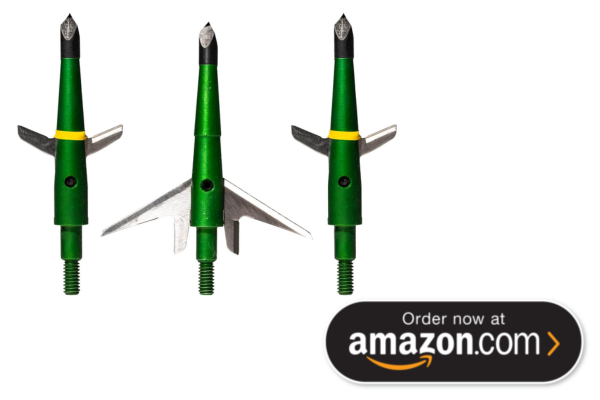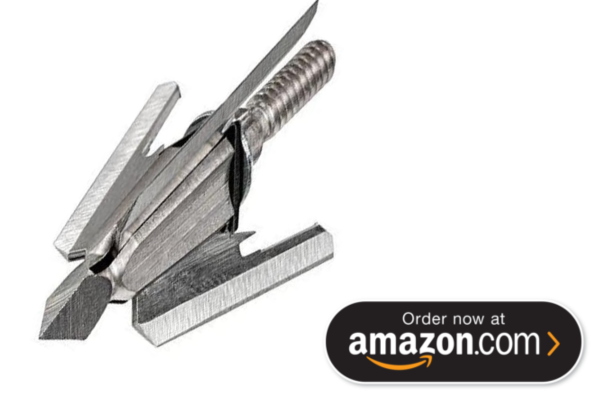Choosing the right broadhead for crossbow hunting can be a daunting task. With a variety of options available, from mechanical to fixed blade designs, hunters often find themselves asking,
“What is the best broadhead for crossbow?” Selecting the appropriate broadhead is crucial, as it can significantly impact your success in the field. Each type of broadhead comes with its own set of advantages and drawbacks, making it essential to understand how they perform under different conditions.
In this article, we’ll delve into the nuances of broadheads, explore the top options available, and provide a comprehensive guide to help you make an informed decision.
Whether you’re hunting elk, deer, or other big game, having the right broadhead can mean the difference between a successful hunt and a missed opportunity.
Understanding Broadheads
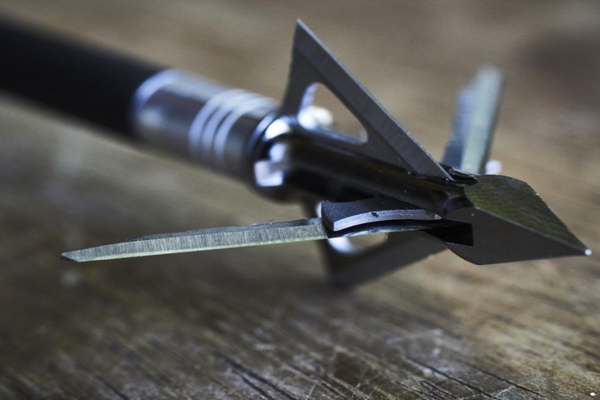
What is a Broadhead?
A broadhead is a type of arrow tip specifically designed for hunting. Unlike field points, which are meant for target practice, broadheads feature sharp blades that create significant wounds in the game. They are essential for ensuring a quick, humane kill by maximizing blood loss and facilitating a faster recovery.
Types of Broadheads
Broadheads generally fall into two categories: mechanical and fixed blade.
Mechanical Broadheads: These broadheads have blades that deploy upon impact, creating a larger cutting diameter. They often provide excellent accuracy and reduce drag during flight. However, some hunters are concerned about their reliability, particularly if the deployment mechanism fails. Mechanical broadheads are ideal for hunters seeking maximum wound channels and enhanced blood trails.
Fixed Blade Broadheads: As the name suggests, these broadheads have blades that are permanently fixed in place. They are known for their durability and consistent performance. Fixed blades tend to have a smaller cutting diameter compared to mechanical options but are often favored for their reliability. These broadheads can handle tough conditions and are typically preferred for larger game, where deep penetration is crucial.
| Broadhead Type | Advantages | Disadvantages |
|---|---|---|
| Mechanical | Larger cutting diameter, improved accuracy | Potential deployment failures, more complex mechanisms |
| Fixed Blade | Durable, consistent performance | Smaller cutting diameter, less forgiving on flight |
How Broadheads Work
Broadheads operate by piercing through the animal’s skin and internal tissues. The effectiveness of a broadhead is determined by several factors, including:
Blade Design: The shape and configuration of the blades affect how well they cut through tissue and bone. Broadheads with a chisel tip design, for instance, excel at penetrating dense hide and bone.
Cutting Diameter: A broader cutting diameter can lead to more significant wounds, resulting in quicker blood loss. Broadheads with a cutting diameter of 1.5 inches or more are often preferred for their ability to create extensive damage.
Kinetic Energy: The amount of energy transferred from the crossbow to the arrow influences penetration. A well-designed broadhead should maintain kinetic energy upon impact, ensuring deeper penetration. The kinetic energy is a function of both the weight of the arrow and its velocity. As a rule of thumb, a minimum of 40-50 ft-lbs of kinetic energy is recommended for big game hunting.
Understanding these fundamentals is crucial for determining which broadhead will best suit your hunting needs.
Key Factors to Consider When Choosing a Broadhead
Kinetic Energy and Penetration
Kinetic energy is the energy possessed by an object due to its motion. In the context of hunting, it is vital for determining how effectively an arrow will penetrate an animal.
Calculating Kinetic Energy: The formula to calculate kinetic energy is:KE=12mv2KE = \frac{1}{2} mv^2KE=21mv2Where:
KEKEKE = kinetic energy (in foot-pounds)
mmm = mass of the arrow (in grains)
vvv = velocity of the arrow (in feet per second)
Recommended Kinetic Energy for Broadheads:
Deer: At least 25-30 ft-lbs.
Elk and Larger Game: 40-50 ft-lbs or more.
The design of the broadhead can significantly affect how well it maintains this energy upon impact. Broadheads designed for maximum penetration often feature reinforced tips and robust blade structures.
Cutting Diameter
Cutting diameter is one of the most critical factors influencing a broadhead’s effectiveness. It refers to the width of the wound channel created by the broadhead upon impact.
Standard Sizes:
Small Cutting Diameter (0.75-1.5 inches): These are typically fixed blade broadheads, which create precise wounds but may require accurate shot placement.
Large Cutting Diameter (1.5-2.5 inches): Mechanical broadheads usually fall into this category, creating larger wound channels that lead to more blood loss.
Cutting Diameter Comparison Table
| Broadhead Type | Typical Cutting Diameter | Ideal Game |
|---|---|---|
| Fixed Blade | 0.75 – 1.5 inches | Deer, small game |
| Mechanical | 1.5 – 2.5 inches | Elk, bear, larger game |
Top 7 Best Broadheads for Crossbows
1. Rage Chisel Tip 2 Blade
Chisel tip design for deep penetration.
2-inch cutting diameter.
Shock collar technology for reliable blade retention.
2. Ramcat K-Dripper
Hardened stainless steel construction.
Piston-driven deployment for maximum accuracy.
2-inch cutting area for effective wounding.
3. Muzzy Trokar HB Hybrid 4 Blade
2.62-inch cutting area.
Bone-crushing chisel tip for maximum penetration.
Aerodynamic design enhances flight stability.
4. Wasp Archery Sharpshooter 100 Grain
Cut-on-contact design for optimal penetration.
Self-aligning locking system ensures field-point accuracy.
1-inch cutting area, ideal for quick kills.
5. G5 Montec
Available in various grain weights (85, 100, 125).
Spin tested for optimal accuracy.
Tapered design for easy resharpening.
6. Swacker 2 Blade
Constructed from stainless steel for durability.
2-inch cutting area for extensive blood trails.
55 ft-lbs of kinetic energy required for effective penetration.
7. Wasp Archery Z-Force 100 Grain
Ball-bearing deployment system for reliability.
1.62-inch cutting diameter.
Lightweight design, making it easy to maneuver.
Conclusion
Choosing the best broadhead for your crossbow involves understanding various factors, including kinetic energy, cutting diameter, and the type of broadhead that best fits your hunting style. With the right knowledge and preparation, you can select a broadhead that not only meets your needs but enhances your overall hunting experience.
